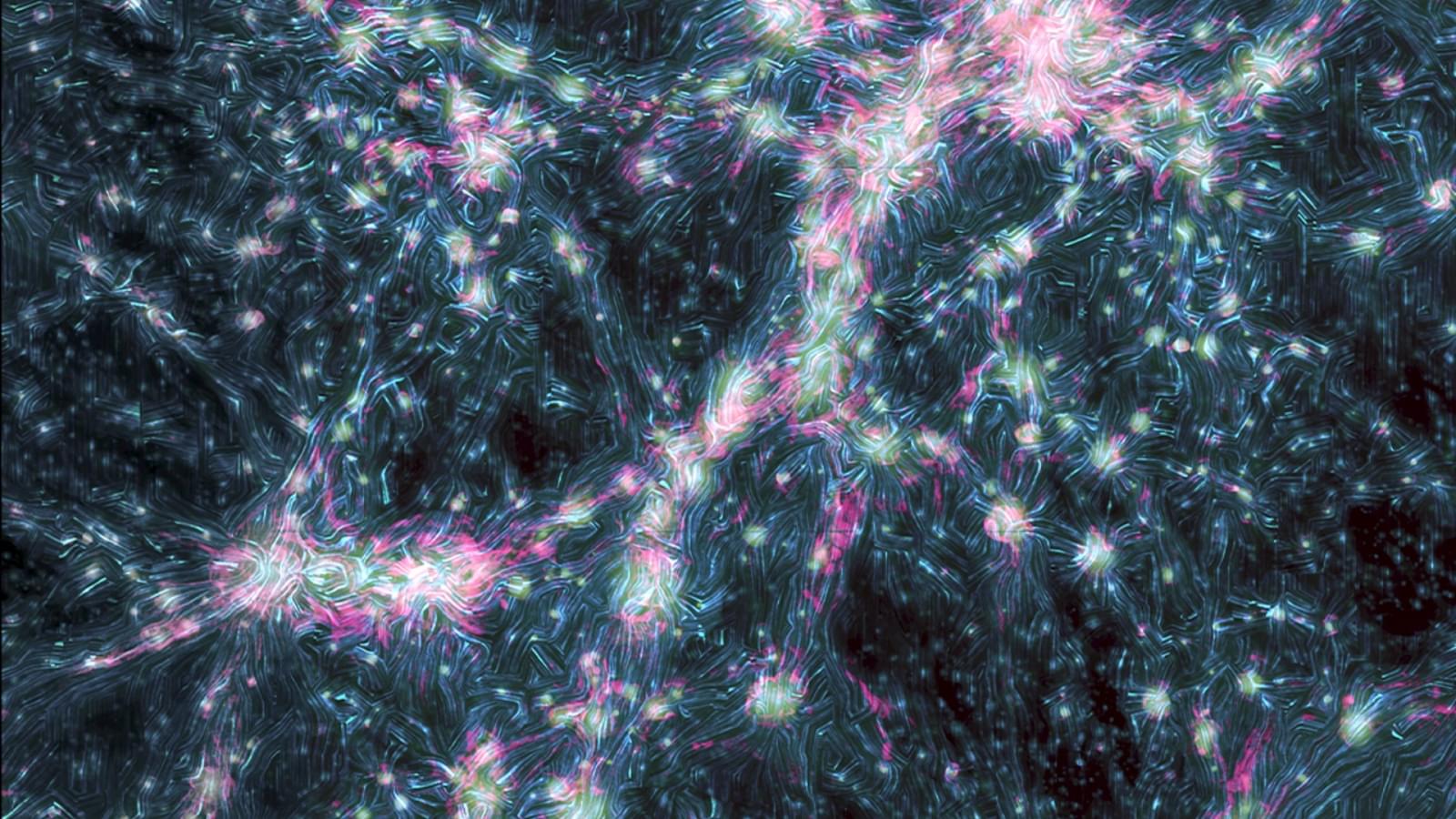Chile is a hotspot for telescopes peering up into deep space to study structures like stars, black holes, dark matter and galaxies.
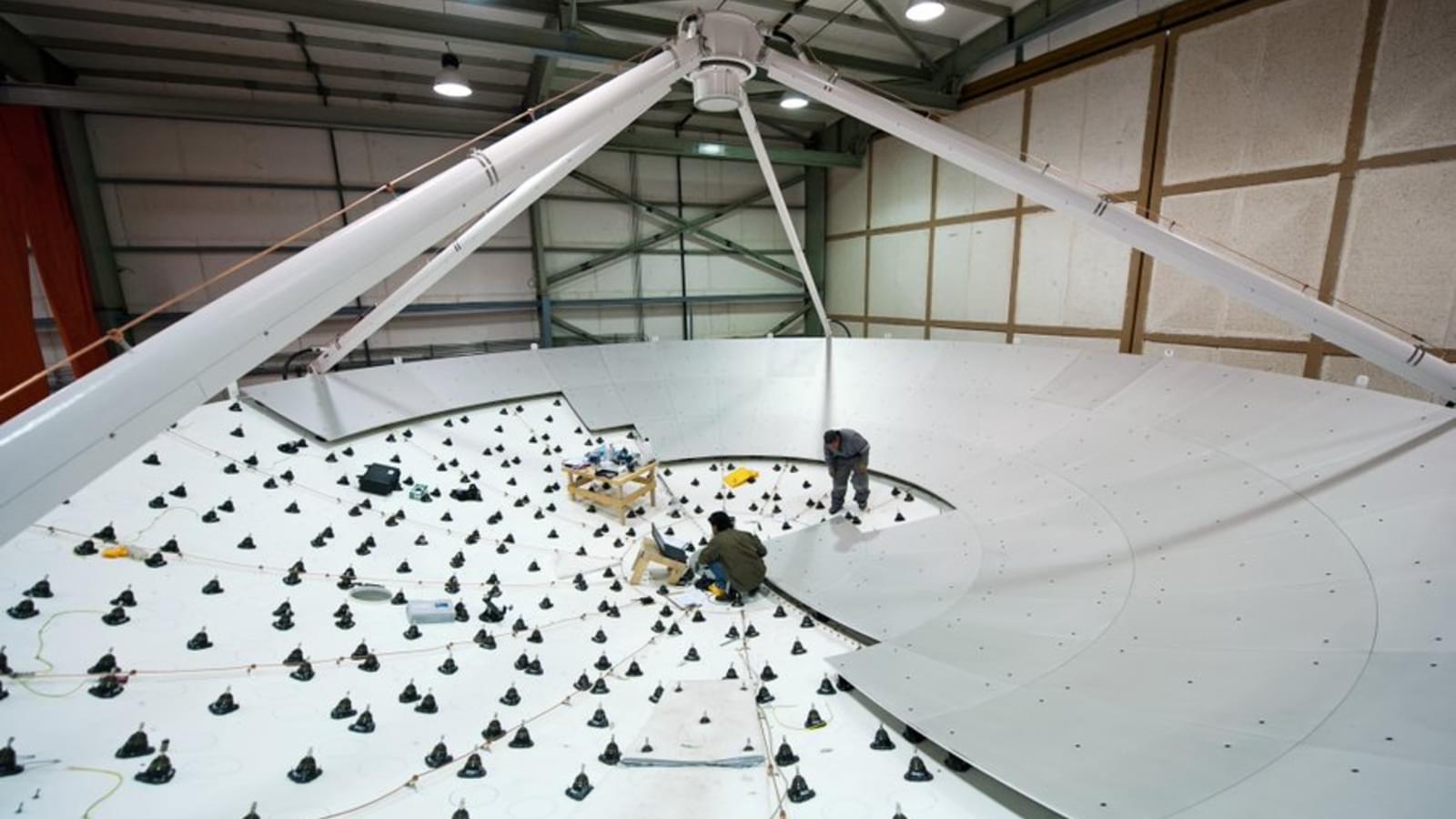

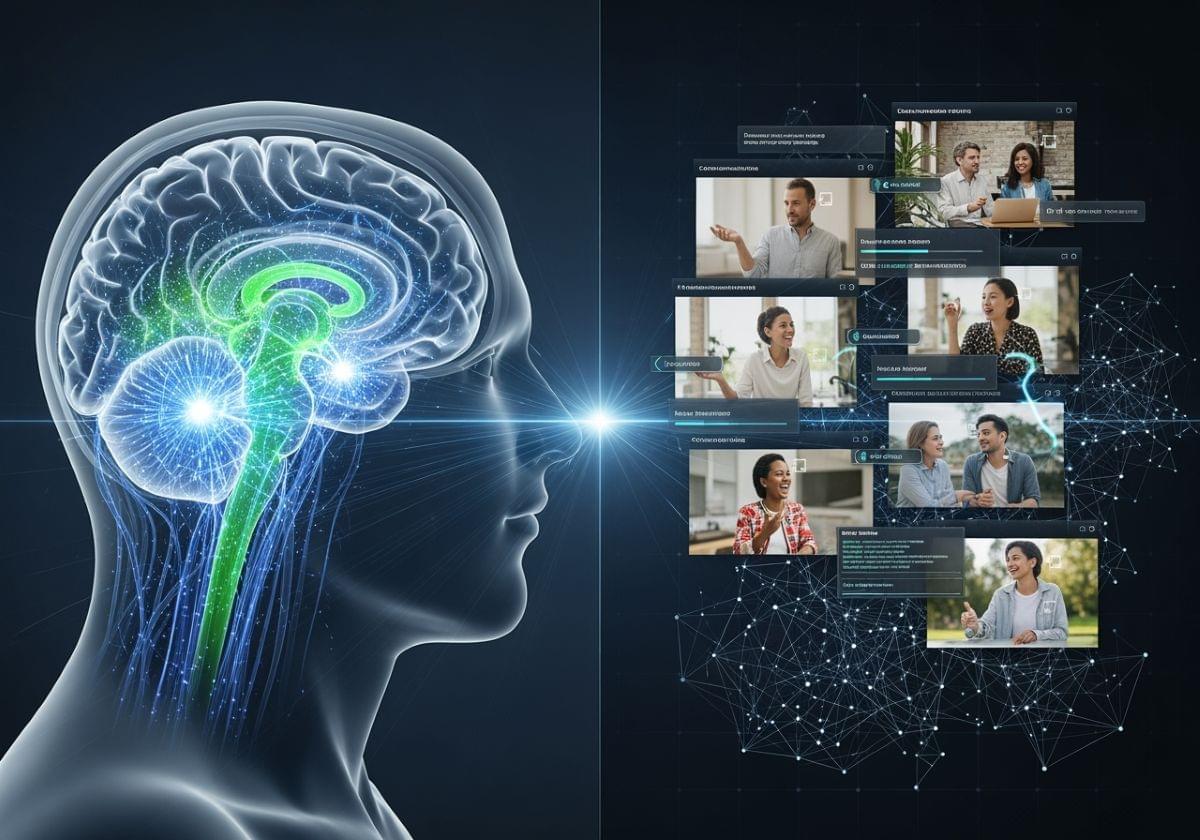
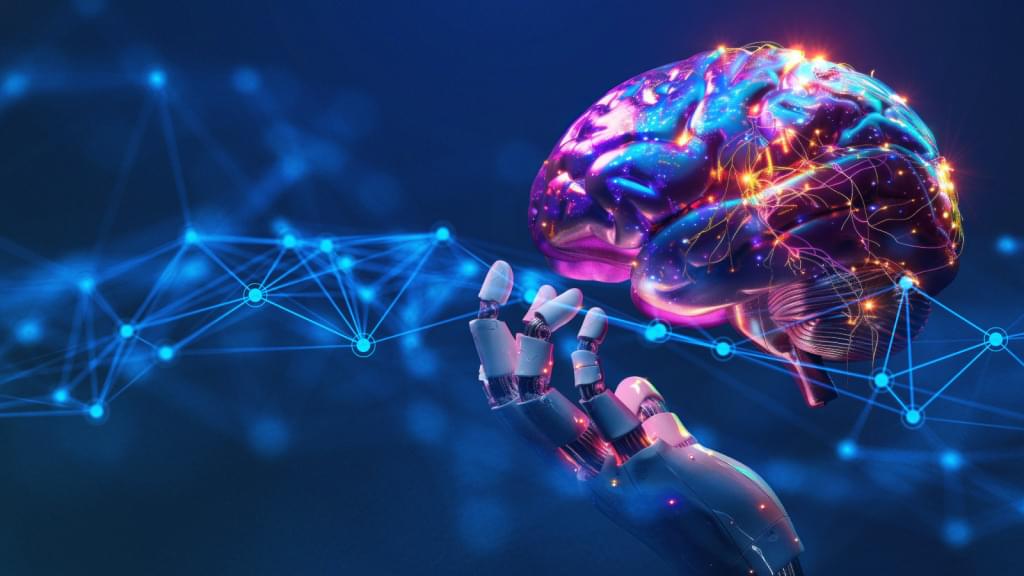
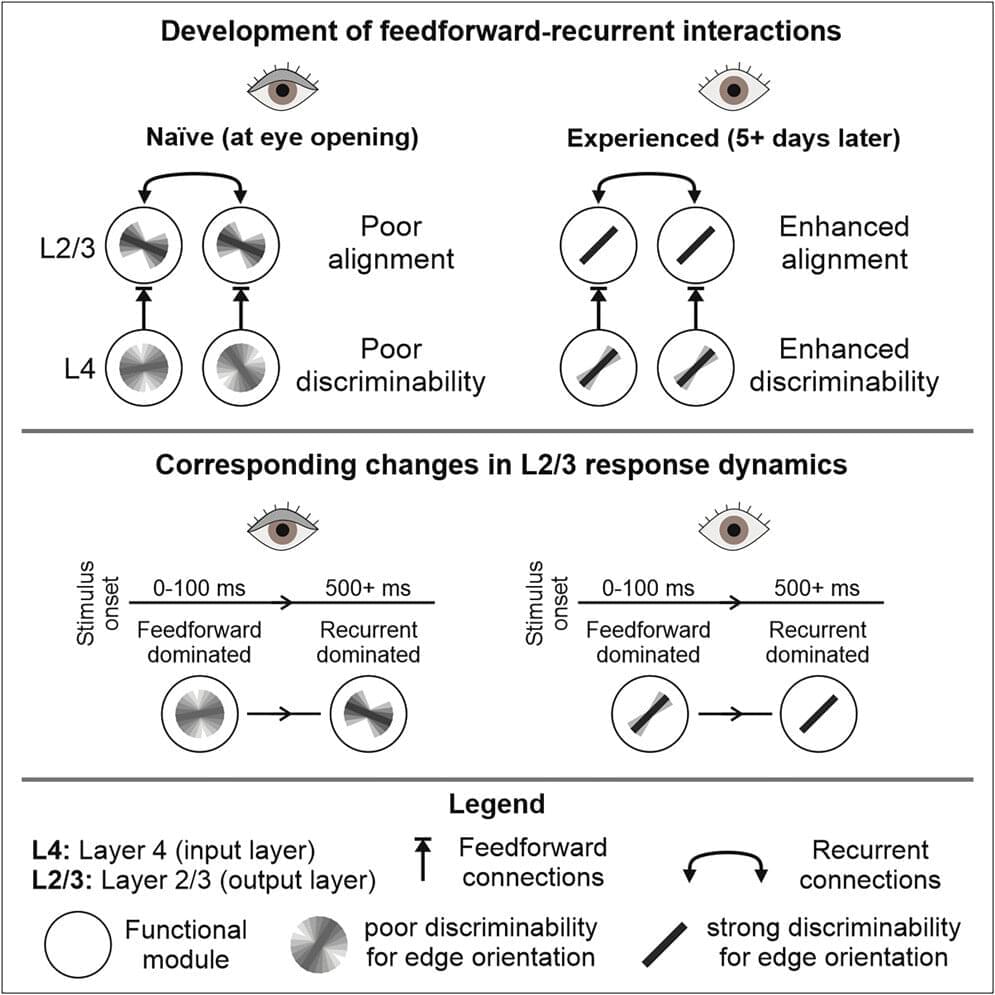
Vision happens when patterns of light entering the eye are converted into reliable patterns of brain activity. This reliability allows the brain to recognize the same object each time it is seen. Our brains, however, are not born with this ability; instead, we develop it through visual experience. Collaborating scientists at MPFI and the Frankfurt Institute for Advanced Studies have recently discovered key circuit changes that lead to the maturation of reliable brain activity patterns.
Their findings, published in Neuron this week, are likely generalizable beyond vision, providing a framework to understand the brain’s unique ability to adapt and learn quickly during the earliest stages of development.
The brain is a highly organized structure. Like other brain regions, visual areas have structure to them, which scientists call modules. This modular organization consists of patches of neurons that activate together in response to specific information. For example, some patches of neurons activate together in response to seeing vertical stripes, while other patches activate when horizontal stripes are seen.
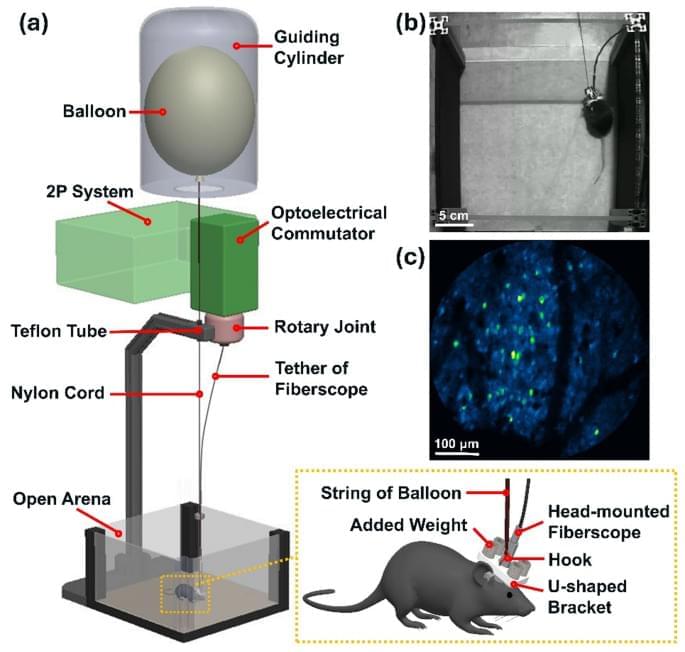
Liu et al. present a remarkably simple yet clever method of mitigating the effects of head-mounted microscopes on mouse behavior: they tethered a helium balloon to the microscope device to counter its weight! A fun and useful engineering solution!
Link to article.
Scientific Reports — Alleviating head-mounted weight burden for neural imaging in freely-behaving rodents. Sci Rep 15, 19175 (2025). https://doi.org/10.1038/s41598-025-04300-0
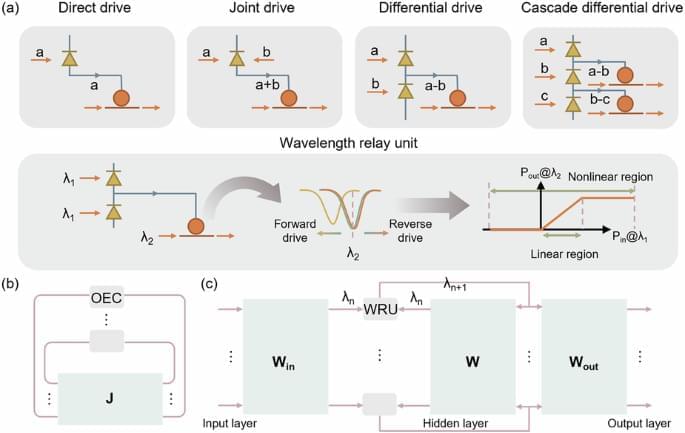
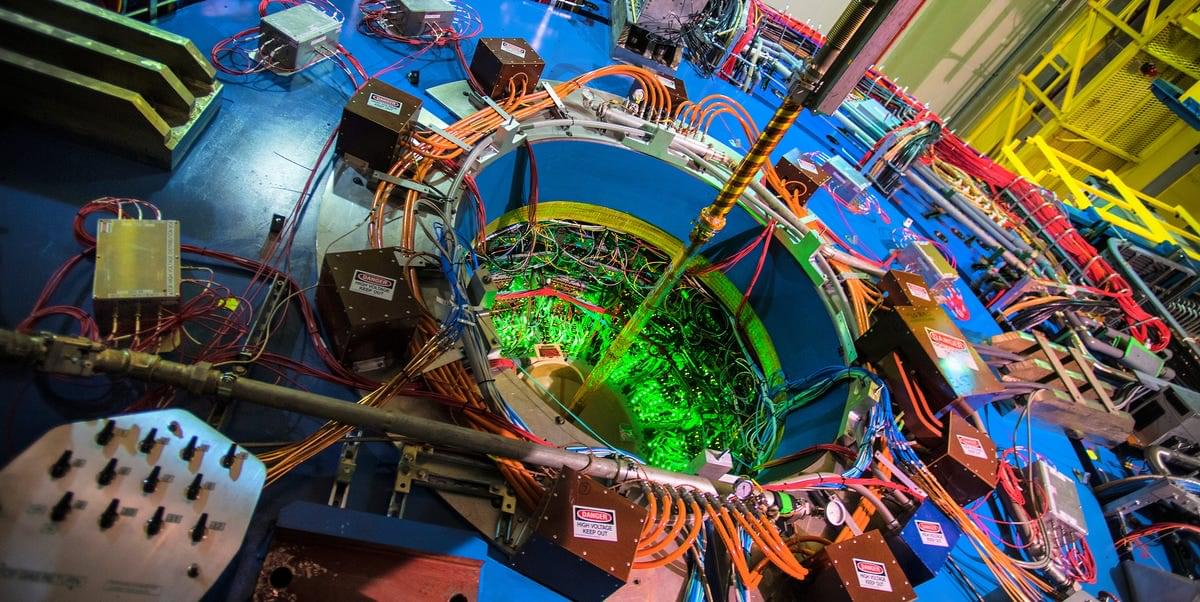
Today, the absolute heart of particle physics is located in Geneva, Switzerland at CERN’s Large Hadron Collider. This instrument’s unmatched size, power, and precision make it the ultimate tool for exploring high-energy particle physics. However, one tool can’t do everything, and even immensely useful ones like the LHC sometimes need a helping hand.
That’s where Brookhaven National Laboratory’s (BNL) Relativistic Heavy Ion Collider (RHIC) comes in. In 2015, the U.S. Department of Energy approved an upgrade to the Pioneering High Energy Nuclear Interaction eXperiment (PHENIX)—an instrument originally designed to explore the components of the quark-gluon plasma (QGP) that formed one millionth of a second after the Big Bang. According to Edward O’Brien (a physicist from BNL), the idea behind this super PHENIX, or sPHENIX, was to “provide physics results which focused on jets and heavy flavor [of quarks] that complemented and overlapped with the Heavy Ion physics results being generated by the experiments at the CERN Large Hadron Collider.”

When cells are healthy, we don’t expect them to suddenly change cell types. A skin cell on your hand won’t naturally morph into a brain cell, and vice versa. That’s thanks to epigenetic memory, which enables the expression of various genes to “lock in” throughout a cell’s lifetime. Failure of this memory can lead to diseases, such as cancer.
Traditionally, scientists have thought that epigenetic memory locks genes either “on” or “off” — either fully activated or fully repressed, like a permanent Lite-Brite pattern. But MIT engineers have found that the picture has many more shades.
In a new study appearing today in Cell Genomics, the team reports that a cell’s memory is set not by on/off switching but through a more graded, dimmer-like dial of gene expression.

When the light field becomes more uniform, all the atoms find themselves optically close to each other, even if they are spatially distant. In other words, the “ambient” near-zero refractive index relaxes the strict distance between the atoms’ positions, an essential condition for the entanglement of quantum particles. Quantum entanglement corresponds to correlations between particles, essential for the development of information and quantum computers.
From electrodynamics to quantum computing
This is where the promising contribution of a team of researchers from UNamur, Harvard and Michigan Technological University (MTU) comes in, supported by Dr. Larissa Vertchenko, from Danish quantum technology company Sparrow Quantum. Adrien Debacq, FNRS aspirant researcher at the Namur Institute of Structured Matter (NISM) and co-author of the paper, assisted by Harvard PhD student Olivia Mello and Dr Larissa Vertchenko, have together theoretically developed a photonic chip capable of radically improving the range of entanglement between transmitters, up to 17 times greater than in a vacuum.
